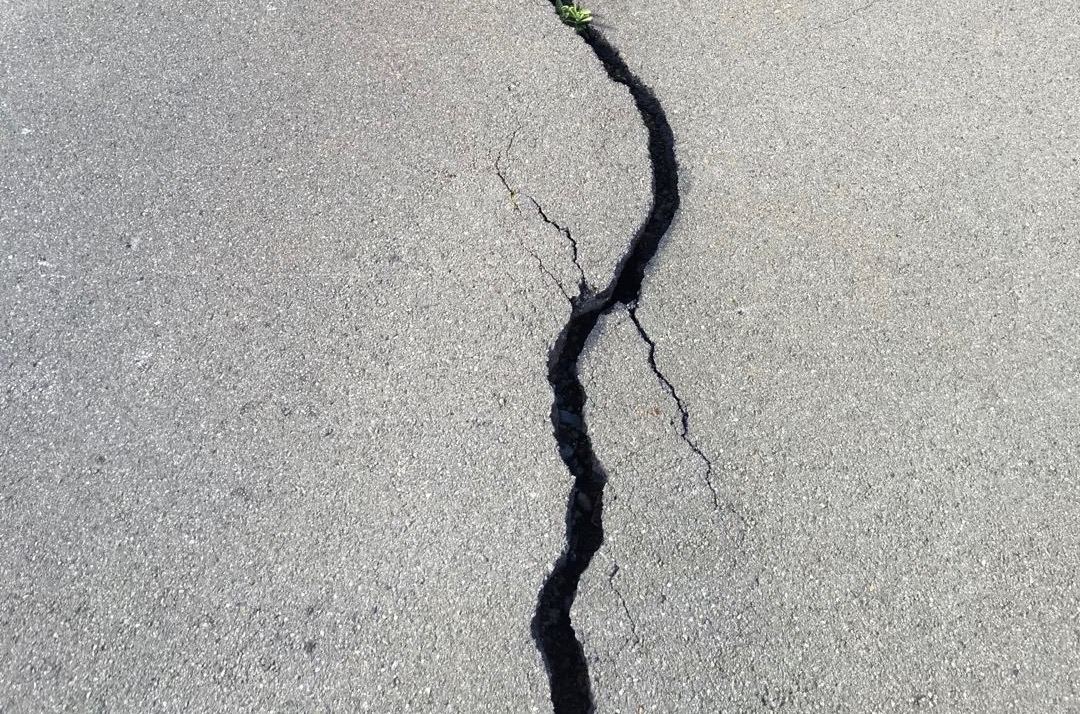Image Based Techniques

Photographs contain full-field information about moving objects, which provides higher spatial resolutions of monitoring compared to techniques targeting discrete sampling points of interest.
Low-cost cameras, often supported by artificial targets, can quickly be manipulated into an image-based monitoring system to cost-effectively complement more targeted measurement techniques. The principle of image-based deformation measurement is to match the patterns of artificial targets between two successive photos during a motion. All local displacement vectors representing the movements of targets can be visualised by incremental pixel movements.
In geotechnical engineering (with relatively larger coverage), image-based techniques can work jointly with techniques such as extensometers, inertial measurement units, GNSS based techniques, in-place inclinometers, tilt sensors, etc.
In the structural assessment of bridges and buildings, low-cost image-based techniques may have additional advantages compared to traditional methods such as LVDT and laser measurements, as (1) they measure multiple points simultaneously, and (2) space restrictions and positioning difficulties are avoided largely.

